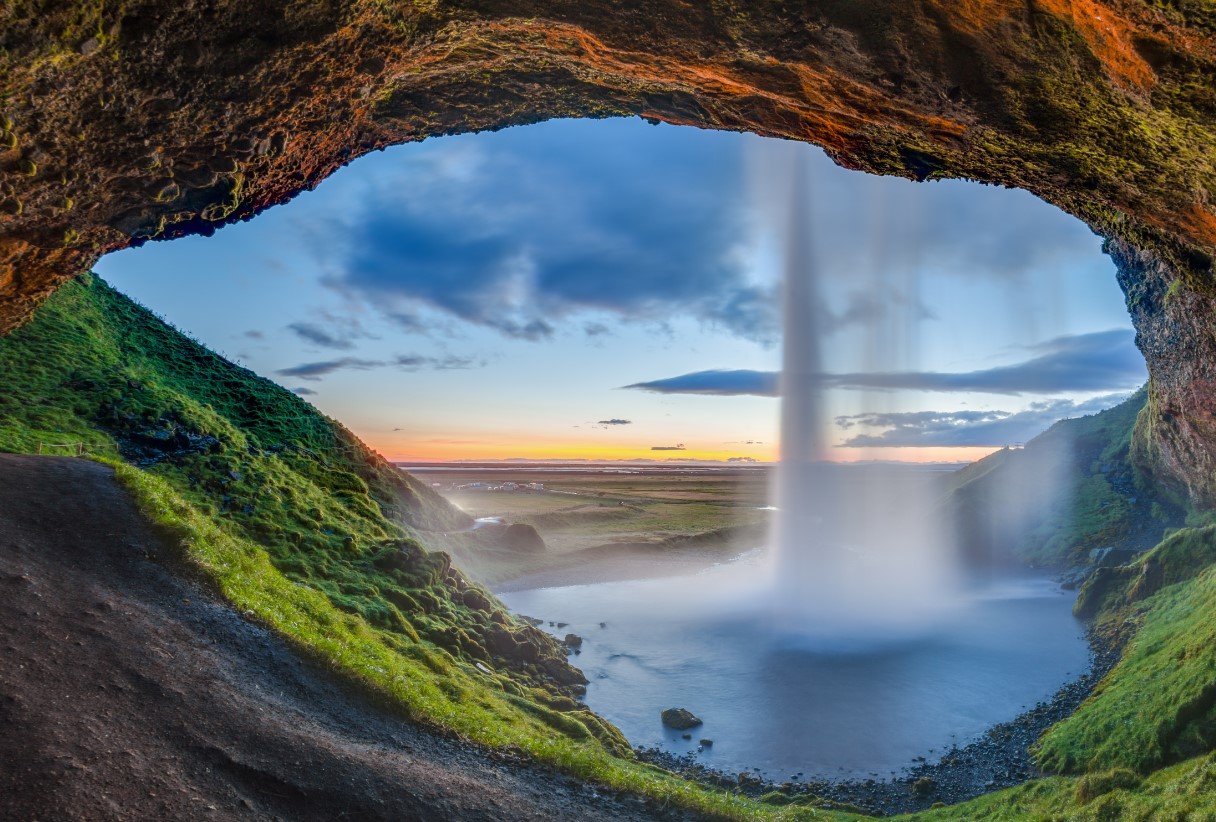Iceland’s tourism industry, which was recovering from the Covid-19 pandemic, has been hit by a series of volcanic eruptions that have disrupted travel and deterred visitors. The eruptions, which started in December 2023 and have continued until February 2024, have affected the Reykjanes Peninsula, near the capital Reykjavik, and the town of Grindavik, home to the popular Blue Lagoon. The eruptions have also created a spectacle that has attracted some adventurous tourists, but not enough to offset the losses.

Volcanic Activity Causes Travel Disruptions and Safety Concerns
The volcanic activity on the Reykjanes Peninsula, which had been dormant for 800 years, has caused travel disruptions and safety concerns for tourists and locals alike. The eruptions have resulted in road closures, flight cancellations, and evacuations. The Blue Lagoon, one of Iceland’s most visited attractions, has been temporarily closed several times due to the eruptions. The eruptions have also emitted gas and ash that can pose health risks, especially for people with respiratory problems.
According to the Icelandic Meteorological Office, the eruptions are expected to continue for the foreseeable future, and could intensify or spread to other areas. The office has issued warnings and advisories for travelers and residents to stay away from the eruption sites and to monitor the situation closely.
Volcanic Eruptions Deter Tourists and Hurt Tourism Industry
The volcanic eruptions have deterred tourists and hurt the tourism industry, which is one of Iceland’s main economic sectors. Tourism accounts for about 10% of Iceland’s gross domestic product (GDP) and employs about 15% of the workforce. Tourism had been booming in Iceland before the Covid-19 pandemic, with over 2 million visitors in 2019. Tourism had also been recovering from the pandemic, with over 1.5 million visitors in 2023, up 50% from 2022.
However, the volcanic eruptions have reversed this trend and caused a slump in tourism. According to the Icelandic Tourist Board, the number of visitors in December 2023 was down 15% from November 2023, and down 25% from December 2019. The number of visitors in January 2024 was down 20% from December 2023, and down 35% from January 2019. The board expects the number of visitors in February 2024 to be even lower, due to the ongoing eruptions and the winter season.
The tourism industry has also suffered losses and layoffs due to the eruptions. According to the Icelandic Travel Industry Association, the eruptions have cost the industry about $100 million in lost revenue and about 1,000 jobs. The association has called for more government support and compensation for the affected businesses and workers.
Volcanic Eruptions Attract Adventurous Tourists and Create Opportunities
Despite the challenges and risks, the volcanic eruptions have also attracted some adventurous tourists and created some opportunities for the tourism industry. The eruptions have created a unique and spectacular sight that has drawn thousands of visitors who want to witness the lava flows and fountains. The eruptions have also generated media attention and publicity for Iceland as a destination.
Some tour operators and travel agencies have capitalized on this demand and offered tours and packages to see the eruptions. Some of these tours include helicopter flights, hiking trips, and boat rides. Some of these tours also include safety measures and precautions, such as gas masks, helmets, and guides.
However, these tours are not for everyone, and they also come with challenges and dangers. The eruptions are unpredictable and volatile, and they can change rapidly and unexpectedly. The eruptions can also cause injuries and accidents, such as burns, falls, and gas poisoning. The eruptions can also damage the environment and the infrastructure, such as roads, bridges, and power lines.
Iceland’s Tourism Industry Hopes for Recovery and Resilience
Iceland’s tourism industry hopes for recovery and resilience in the face of the volcanic eruptions. The industry hopes that the eruptions will subside or stabilize, and that the travel disruptions and safety concerns will ease. The industry also hopes that the eruptions will not overshadow the other attractions and experiences that Iceland has to offer, such as its natural beauty, culture, and adventure.
The industry also hopes that the eruptions will not deter tourists in the long term, and that they will return when the situation improves. The industry also hopes that the eruptions will inspire tourists in the short term, and that they will take advantage of the opportunity to see a rare and remarkable phenomenon. The industry also hopes that the eruptions will showcase Iceland’s resilience and adaptability, and that it will overcome this challenge and emerge stronger and better.








